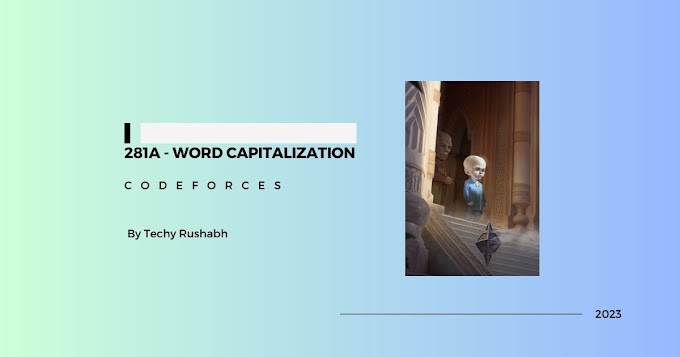Introduction
The AI landscape is constantly evolving, and the latest buzz revolves around a new open-source large language model (LLM) called QWQ32B. Developed by the Quen Team at Alibaba, this model is making waves for its claimed ability to match or even outperform DeepSeek R1, a massive reasoning model with 671 billion parameters. What makes QWQ32B truly remarkable is its significantly smaller size, boasting only 32 billion parameters. This has sparked a debate: is small officially the new big in the AI race?
QWQ32B: A David vs. Goliath Story
QWQ32B, which stands for "Quen with Questions," is attracting significant attention due to its impressive performance despite its relatively small size. DeepSeek R1 requires over 1,500GB of VRAM across multiple high-end GPUs, whereas QWQ32B can supposedly be deployed on hardware with only 24GB of VRAM. This efficiency, coupled with its open-source nature, makes it an attractive alternative to larger, proprietary models. The Quen Team initially launched their reasoning model in November 2024 as an open-source rival to models like OpenAI's O1 Pro. The initial iteration impressed with its introspective, step-by-step logic capabilities, particularly in math and coding tasks.
Technical Specifications and Reinforcement Learning
QWQ32B is built with 32.5 billion parameters (31 billion non-embedding parameters) and utilizes a standard causal language model architecture with 64 transformer layers. Key technical aspects include RoPE for positional embedding, SwiGLU, RMSNorm, and an AttentionQKV bias. It employs a generalized query attention scheme with 40 heads for query and 8 for key value. Notably, it boasts a massive context length of 131,072 tokens. A crucial aspect of QWQ32B's development is its use of reinforcement learning in two phases. The first phase focused on math and coding, reinforcing the model only when solutions were correct, as verified by a system that checks for the correctness in the final solution to a math problem and via a code execution server to confirm the code passed certain test cases. The second phase used general reward models and rule-based verifiers to improve performance on everyday tasks and alignment with human preferences.
Benchmark Performance and Open-Source Accessibility
The most compelling aspect of QWQ32B is its performance on various benchmarks compared to DeepSeek R1 and other models like O1 Mini. According to official sources, QWQ32B achieved impressive scores, including:
- AIME24: 79.5 (DeepSeek R1: 79.8)
- LiveCodeBench: 63.4 (DeepSeek R1: 65.9)
- LiveBench: 73.1 (DeepSeek R1: 71.6)
- IFEval: 83.9 (DeepSeek R1: 83.3)
- BFCL: 66.4 (DeepSeek R1: 62.8)
BFCL, or Berkeley Function Calling Leaderboard, tests a model's ability to call tools or APIs in a structured way. These results are remarkable given the significant difference in parameter size. QWQ32B is open-source, with weights available on Hugging Face and Modelscope, and operates under the Apache 2.0 license. This allows businesses, researchers, and hobbyists to freely tweak, refine, and run it on their own servers.
Community Reception and Practical Applications
The open-source nature is a major draw, as it allows users to host it on their own infrastructure and perform domain-specific fine-tuning without license fees or usage restrictions. Users can also track how the model arrives at certain answers.
The QUEN team specifically points out use cases in automated data analysis, strategic business planning, financial modeling, software development, and even customer service. They say QVQ32B can provide more contextually aware responses because it can see up to 131,000 tokens in its input.
Conclusion: A Promising Step Towards Efficient AI
QWQ32B represents a significant step forward in the pursuit of more efficient and accessible AI. Its impressive performance on benchmarks, despite its smaller size, challenges the notion that "bigger is always better." The open-source nature of QWQ32B further democratizes AI development, allowing for greater collaboration and innovation. While further testing and real-world applications are needed to fully assess its capabilities, QWQ32B holds immense potential and could reshape the future of AI development.




0 Comments